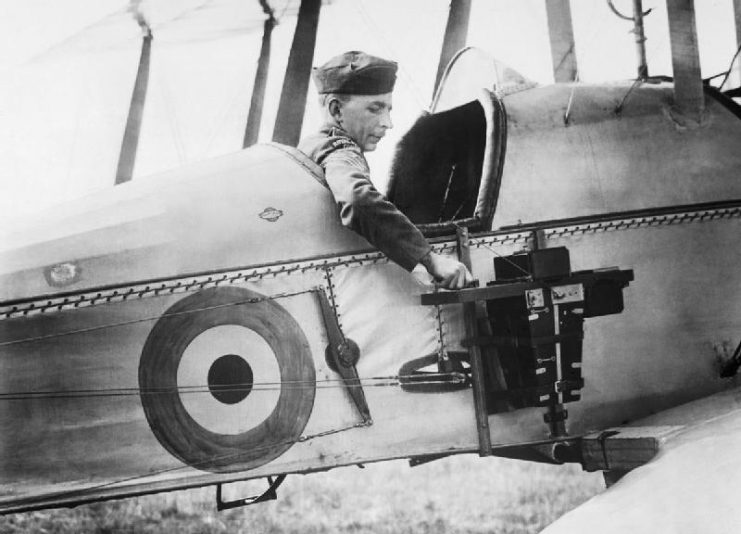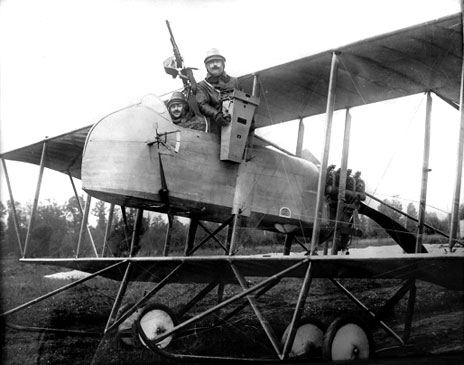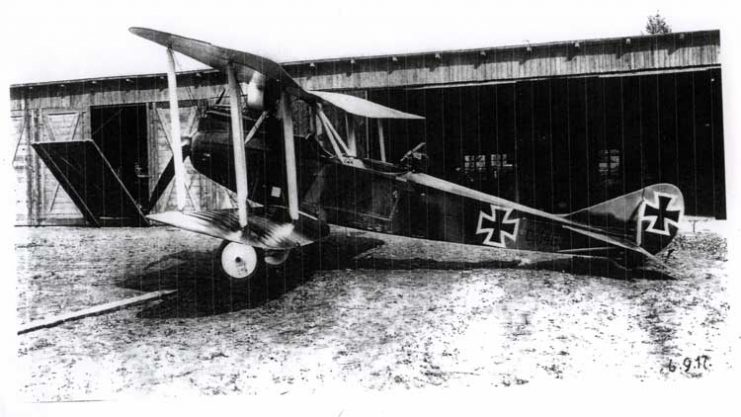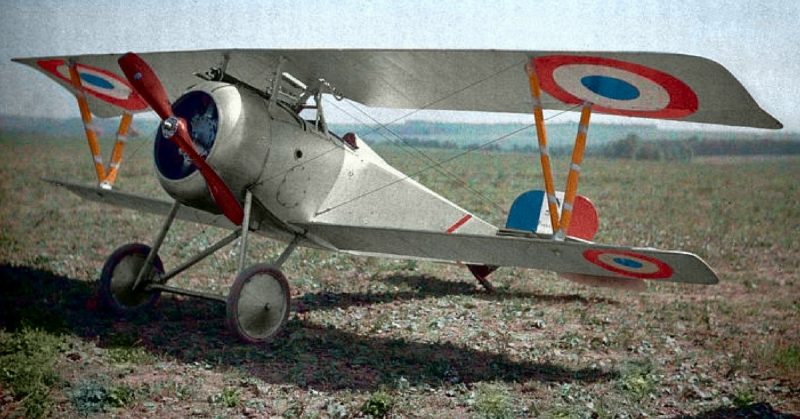WWI was the first occasion in which planes played a significant part in the fight. It began with reconnaissance aircraft, which remained relevant throughout the war.
Why the Planes Became Important
When the war broke out in 1914, many generals were unconvinced by the idea of military aviation. It was a relatively new and untested idea. Two factors quickly made scouting planes invaluable – the obsolescence of the cavalry and the rise of long range artillery.
Traditionally, scouting had been done by cavalry. Faster moving than the rest of the army, men on horses raced ahead to gather information. They darted around the flanks of their enemy, returning with reports on where they were and what troops they had.
In the early days of the war, cavalry stilled played a part. German scouting raids deep into France caused panic among civilians. Trench warfare stopped cavalry scouting. Riders could not get past the unbroken occupied trench lines. Something else was needed.
At the same time, bombardment by long range artillery was increasingly becoming an important aspect of the war. For it to work, information was needed about where troop concentrations were and how close to their target artillery shells were falling. Someone had to help focus the bombardments.
Reconnaissance planes could easily cross the trench lines and provide information for artillerists. They became a vital part of the war.
Improvements in Equipment
As their value became recognized, the quality of reconnaissance planes and the equipment they were provided with improved. Radio replaced dropping messages or waiting to deliver reports in person. Improved cameras were fitted onto the fuselage instead of being handheld.
The primary requirement for a reconnaissance plane was that it flew flat and stable enabling good observation and photographs to be taken. Developments in the air meant that soon changed.

Enter the Fighters
The first combat in the air was between reconnaissance planes. Facing their enemy in the skies, flyers began fighting. They took guns and bombs up with them to attack their enemy. That led to mounting weapons on planes – the fighter aircraft was born.
Fighters were originally brought in to shoot down reconnaissance planes to prevent their enemy gathering intelligence. Over half the kills scored by Manfred von Richthofen, the most famous air ace of the war, were against reconnaissance planes.
The threat of fighters led to changes in the design of reconnaissance aircraft. Some, such as the German Albatros B-I and B-II, armed up. Others were built to fly higher and faster, avoiding predator planes. It involved stripping out all the unnecessary weight, sometimes including the weapons.
Here are some examples of reconnaissance planes as they developed through the war.
The Farman MF-11
Designed by Maurice Farman, the MF-11 was a French-built aircraft. It had an 80 horsepower Renault engine mounted in the “pusher” position behind the two-man crew.
The MF-11 was in general service by the time the war broke out. It was used primarily by the French and their British allies. It saw service on every front of the war.
The relentless pace of technological change meant the MF-11, with its maximum speed of 60 miles per hour, was soon superseded by other planes. It stayed in action long enough to be mounted with a 7.7mm machine-gun but was withdrawn from combat in 1915.

Nieuport Planes
The French Nieuport company and their designer Gustave Delage provided a series of efficient and popular planes over the course of the war. They were labeled as “fighting scouts” – planes that could carry out reconnaissance as well as fighting other planes in the air. The extent to which they were used as scouts or as fighters varied with the design of the aircraft and the circumstances it encountered in the air.
The more reconnaissance-oriented planes included the Nieuport 10 and the Nieuport 12. The 10 was introduced in 1915 but was replaced by the 12, which was both larger and faster, with a top speed of 100 miles per hour. The 12 carried two 7.7mm machine-guns for use as a fighter or to defend itself when attacked.
Nieuports were popular with both the French and British forces. They were also flown by the Americans when they entered the war.
Rumpler Planes
At the start of the war, one of the planes used by German forces was the Rumpler B-I. The unarmed plane was one in a series of reconnaissance aircraft produced by the Rumpler company over the course of the war.
Early in 1915, the C-series began replacing the B-I. Over the following three years, hundreds of C-series planes were produced and saw action in the skies above the war.
The C-IV demonstrates the flexible approach Rumpler took to their aircraft. Its 260 horsepower Mercedes engine gave it a top speed of 105 miles per hour, significantly faster than the first reconnaissance planes. It did not rely on speed as its only survival tactic, carrying two 7.92mm machine-guns.
Like many reconnaissance planes, the Rumpler C-IV also acted as a bomber, carrying 100-kilogram bombs.

Albatros Planes
The best remembered Albatros planes were the D. series of fighters. There was also the C. series, Albatros’s contribution to aerial reconnaissance. Starting with the C-I in 1915, they eventually reached the C-XII by the end of the war.
The C-X was particularly successful. It had a top speed of 120 miles per hour and carried both machine-guns and bombs. It gave it a great deal of tactical flexibility, including evading or attacking enemy fighters that approached it.
Sources:
Francis Crosby (2010), The Complete Guide to Fighters & Bombers of the World
Ian Westwell (2008), World War I
